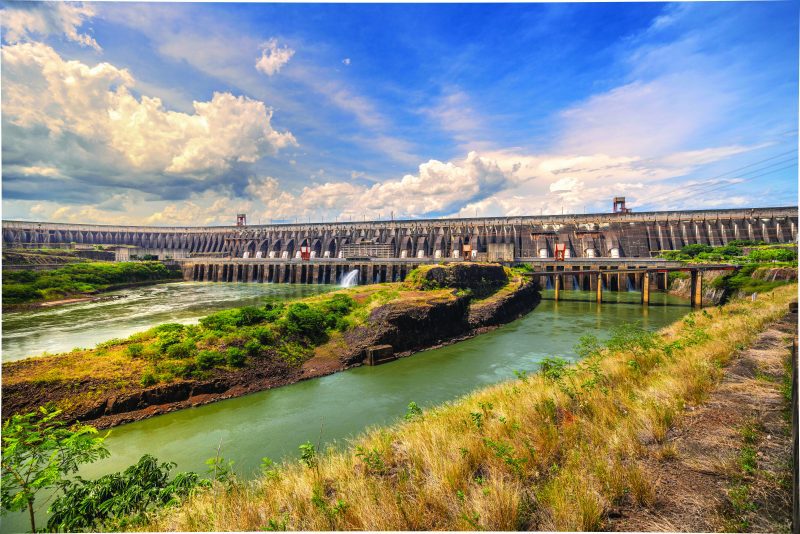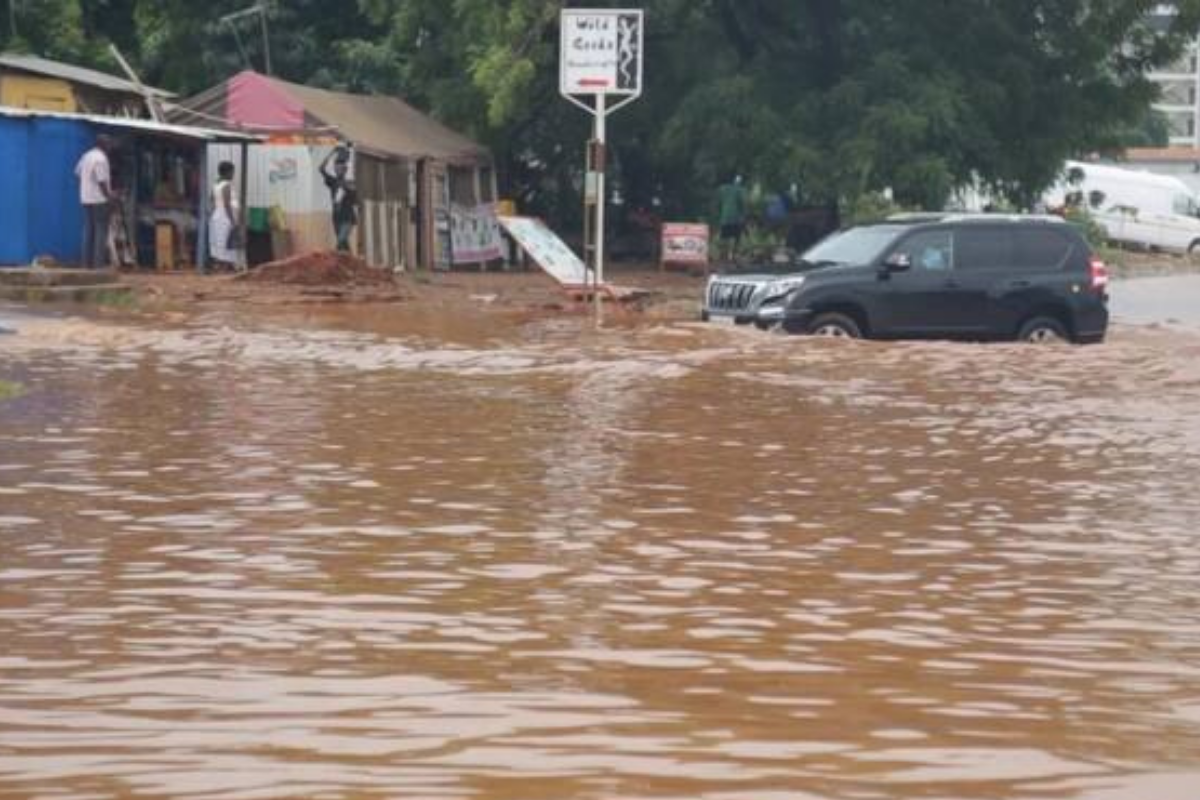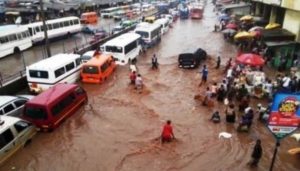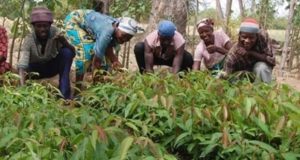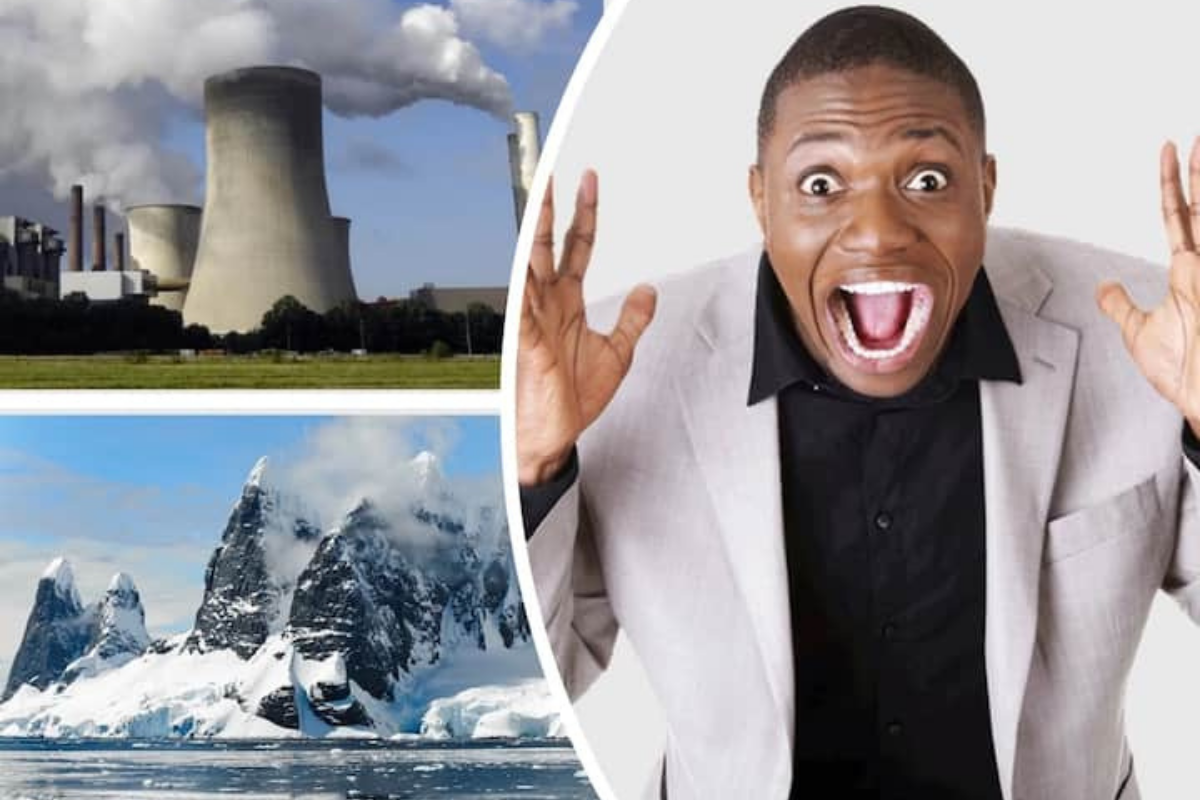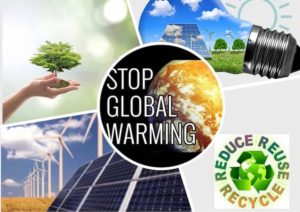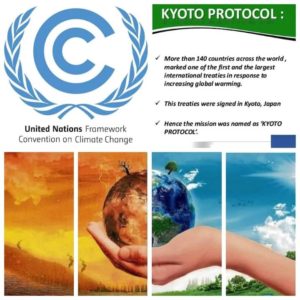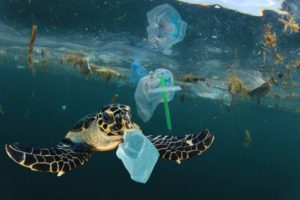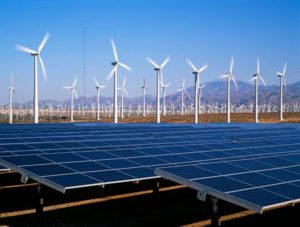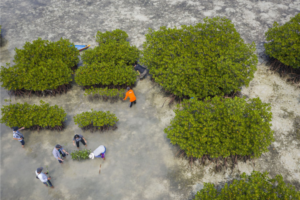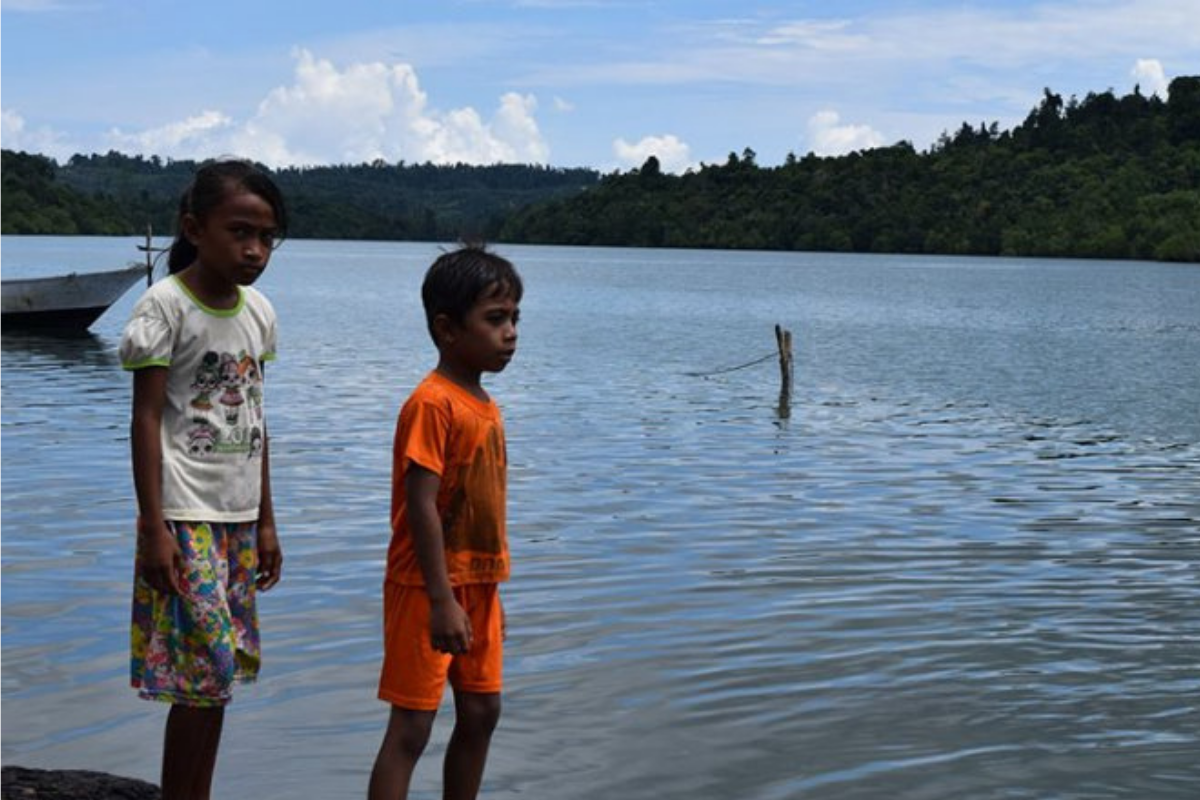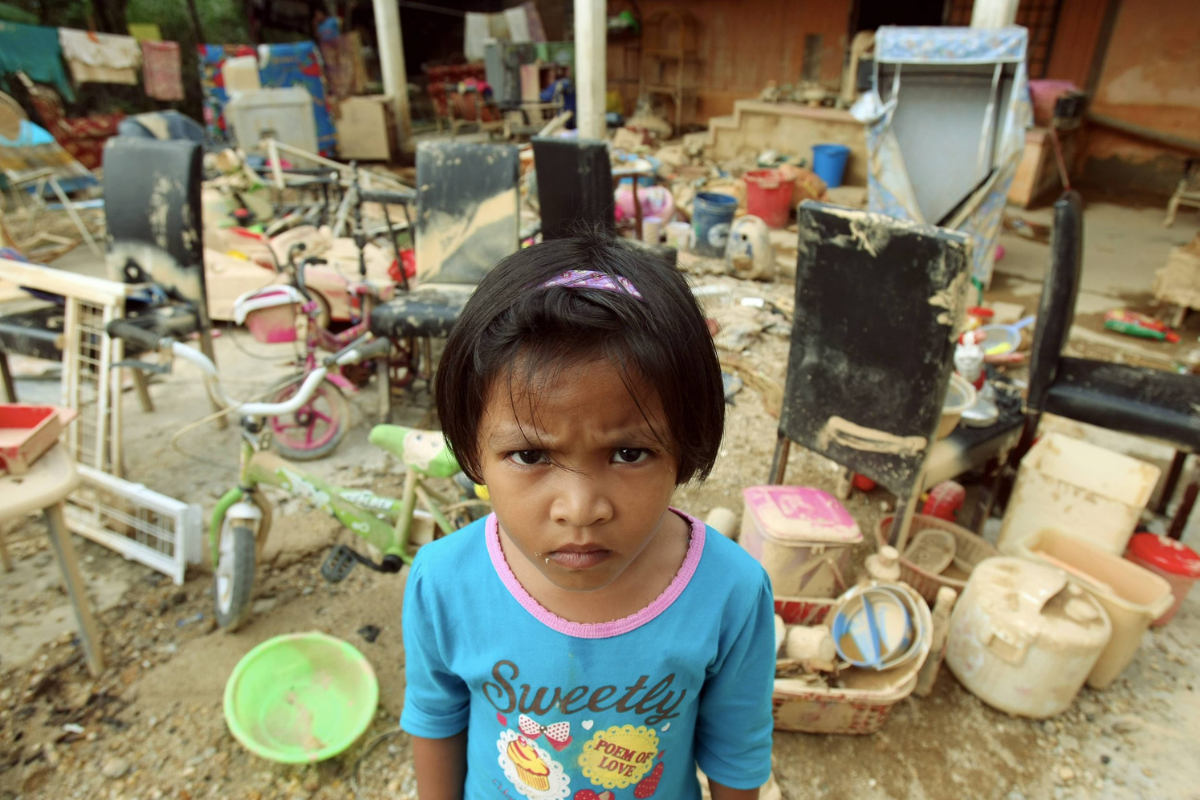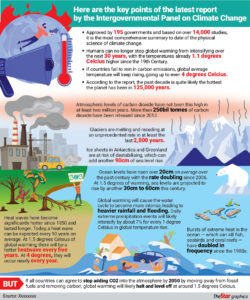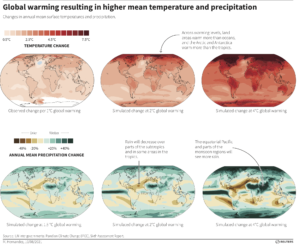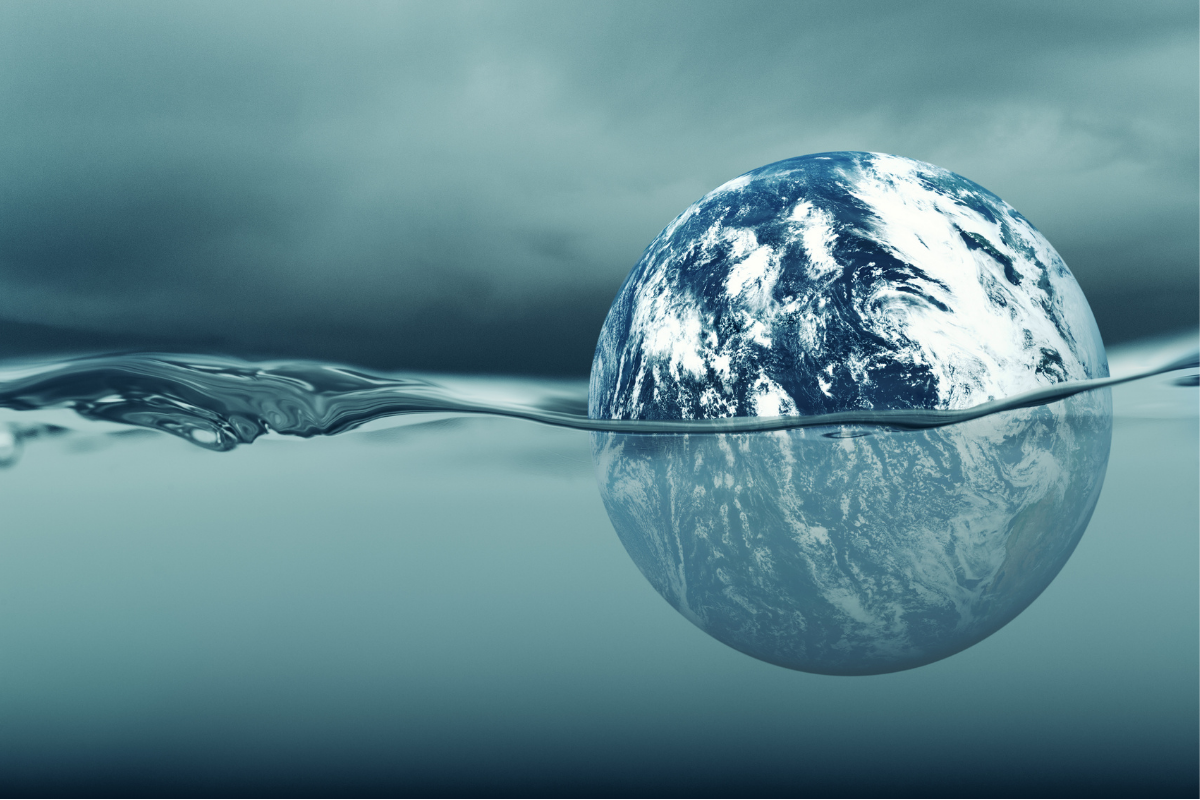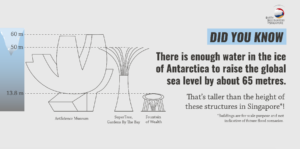A discussão sobre as mudanças climáticas está cada vez maior e a preocupação com o meio ambiente também precisa ser. Nesse cenário, a Itaipu Binacional, maior Usina Hidrelétrica do mundo em geração de energia, tem desempenhado ao logo de sua história um papel de extrema importância na luta pela preservação da biodiversidade, como forma de combater as mudanças climáticas.
A Usina Hidrelétrica de Itaipu é mundialmente conhecida como um dos principais atrativos turísticos de Foz do Iguaçu, Paraná (BR). No entanto, muito mais do que uma belíssima obra estruturante construída pelo homem e que atrai visitantes do mundo todo para conhecer de perto essa grandiosidade, a Itaipu Binacional é de extrema importância não só para a geração de energia como também no desenvolvimento de ações sustentáveis, sendo reconhecida internacionalmente.
A Itaipu é uma empresa binacional criada pelo Brasil e Paraguai para gerar eletricidade usando o Rio Paraná e segue princípios de desenvolvimento sustentável refletidos em suas ações e programas integrados para a promoção do bem-estar social, crescimento econômico e proteção ambiental, contribuindo para a prosperidade regional.
Em 2015 a Itaipu ganhou o Prêmio Mundial da Água, mas bem antes disso, desde a sua concepção, em 1974, a maior usina hidrelétrica do mundo, em geração de energia, tem trabalhado no desenvolvimento de programas, projetos e atividades de caráter social e ambiental em uma área que hoje abrange um total de 15 municípios do Paraguai e 55 municípios do Brasil, sendo 54 no oeste paranaense e um no Mato Grosso do Sul.
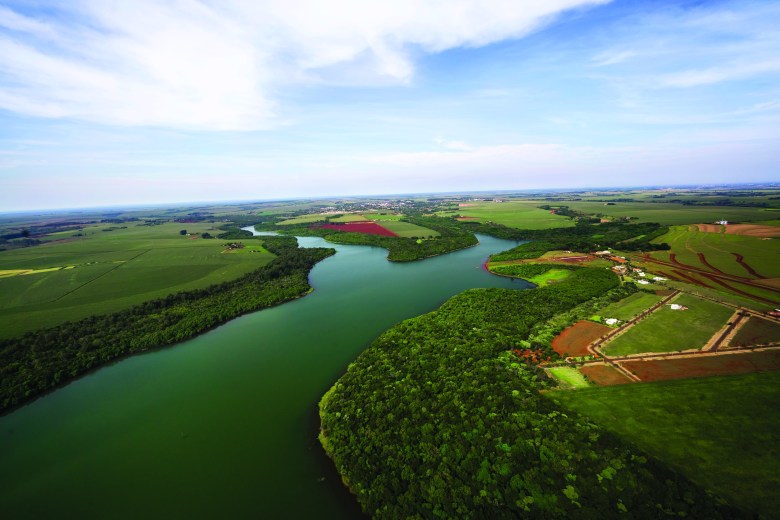
Além disso, atua em diversas parcerias locais e globais de combate às mudanças climáticas e seus impactos. Esse compromisso se reflete nas ações de preservação e conservação da biodiversidade, em medidas de adaptação baseadas em ecossistema, como o aumento da cobertura florestal natural, a conservação de áreas protegidas e dos serviços ecossistêmicos e pela recuperação e proteção dos recursos hídricos na escala da bacia hidrográfica.
A Itaipu possui um forte protagonismo nacional e internacional, comprometida com todos os Objetivos de Desenvolvimento Sustentável (ODS) das Nações Unidas, estabelecidos na Agenda 2030. Essa agenda consiste em uma declaração global de interdependência em que os países comprometem-se a tomar medidas ousadas e transformadoras para promover o desenvolvimento sustentável em um horizonte de 15 anos.
O que são as ODS?
As ODS são uma agenda mundial adotada durante a Cúpula das Nações Unidas sobre o Desenvolvimento Sustentável em setembro de 2015, composta por 17 objetivos e 169 metas a serem atingidos até 2030.
1 – Erradicação da pobreza;
2 – Fome zero e agricultura sustentável;
3 – Saúde e bem-estar;
4 – Educação de qualidade;
5 – Igualdade de gênero;
6 – Água potável e saneamento;
7 – Energia limpa e acessível;
8 – Trabalho decente e crescimento econômico;
9 – Indústria, inovação e infraestrutura;
10 – Redução das desigualdades;
11 – Cidades e comunidades sustentáveis;
12 – Consumo e produção responsáveis;
13 – Ação contra a mudança global do clima;
14 – Vida na água;
15 – Vida terrestres;
16 – Paz, justiça e instituições eficazes;
17 – Parcerias e meios de implementação.
OBJETIVOS DO DESENVOLVIMENTO SUSTENTÁVEL (ODS) E RELAÇÕES INTERNACIONAIS
O protagonismo da Itaipu em relação aos 17 ODS é bastante forte e teve início antes mesmo da elaboração da Agenda 2030. As ações sustentáveis são feitas de forma integrada, com a cooperação de diversos parceiros. Com isso, as estratégias de sustentabilidade da Itaipu proporcionam ganhos à população e ao meio ambiente.
Uma das importantes parcerias da Itaipu é com a UNDESA (Departamento das Nações Unidas para Assuntos Econômicos e Sociais). Em uma participação da Itaipu em um evento paralelo ao Fórum Político de Alto Nível (High Level Political Forum-HLPF, em inglês), foram apresentadas as experiências bem-sucedidas em água, energia e ação climática, e lançado o relatório “Soluções Sustentáveis em Água e Energia relacionadas à Mudança Climáticas”.
Durante esse evento, o embaixador João Genésio de Almeida, representante permanente adjunto do Brasil junto às Nações Unidas (ONU), destacou que as negociações sobre as bases financeiras do Tratado da Itaipu vão além de questões energéticas e deixam um legado de sustentabilidade. O foco do HLPF, que acontece anualmente, é avaliar o avanço dos Objetivos de Desenvolvimento Sustentável (ODS) e a Itaipu tem participação ativa desde 2018.
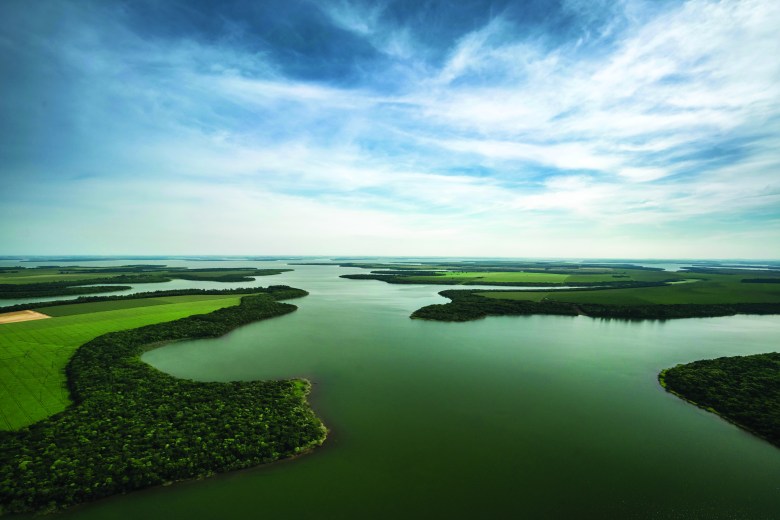
Foto: Alexandre Marchetti/Itaipu Binacional
Outra importante parceria é entre a Itaipu e UNFCCC (Convenção-Quadro das Nações Unidas sobre a Mudança do Clima), onde foi firmada parceria com o Secretariado da Convenção Marco das Nações Unidas sobre Mudanças Climáticas, o Protocolo de Kyoto e o Acordo de Paris, para engajamento na Agenda 2030 e difusão do conhecimento relacionado aos temas “água”, “energia” e “mudanças climáticas” incluindo a organização e execução de eventos conjuntos antes e durante as 26ª e 27ª Sessões das Partes da Convenção Marco das Nações Unidas sobre Mudanças Climáticas (UNFCCC) — _COP 26 – 2021 e COP 27 – 2022.
A celebração desta parceria contribui para a missão e visão da Itaipu, em termos de liderança mundial na produção de energia e comprometimento com o desenvolvimento sustentável, além de representar uma oportunidade para reafirmar junto à ONU o compromisso assumido quanto à geração de energia limpa e renovável e quanto à realização dos ODS.
Ações locais
Além da relevância internacional, a Itaipu vem se destacando em nível local e regional com ações de preservação e conservação ambiental, e dentre elas pode-se destacar algumas dessas iniciativas:
SANEAMENTO PARA A GESTÃO DE RECURSOS HÍDRICOS E SEGURANÇA HÍDRICA:
Objetivo: Fomentar a integração de um sistema de gestão dos recursos hídricos com a implantação de sistemas sustentáveis de esgotamento, visando a melhoria da qualidade da água que chega ao reservatório de Itaipu.
Principais resultados: Recursos Hídricos e Segurança Hídrica: implantação de plataforma de integração de dados e gestão de recursos hídricos; mapeamento do déficit florestal para planejamento de ações de conservação/recuperação; implantação do Plano de Segurança da Água (PSA);
Implantação de Sistemas Sustentáveis de Esgotamento Sanitário (SES): implementação de melhorias nas estações de tratamento de esgoto de seis municípios da área de contribuição hídrica ao reservatório;
Sistema de monitoramento das estações de tratamento de esgoto da UHI, Centro de Recepção dos Visitantes e Refúgio Biológico Bela Vista, com a elaboração de seis boletins informativos.
MONITORAMENTO DA QUALIDADE DA ÁGUA NO RESERVATÓRIO
Objetivo: Monitorar a qualidade da água, visando segurança hídrica para manter as condições adequadas à geração de energia e aos usos múltiplos do reservatório.
Principais resultados: Nos últimos dois anos (2019 e 2020), o reservatório e a maioria dos braços foram classificados com boa qualidade de água: oligotrófico a mesotrófico (baixa concentração de nutrientes na água);
Implantação de sistema de inteligência de dados para a priorização dos investimentos em ações ambientais na área de contribuição hídrica;
Todas as áreas públicas de lazer foram classificadas como próprias para a balneabilidade, conforme preconiza o Conselho Nacional de Meio Ambiente;
Implantada rede de monitoramento composta por 14 estações, 5 no corpo principal do reservatório e 9 nos braços; destas, 3 são telemétricas com registros horários.
AQUICULTURA SUSTENTÁVEL
Objetivo: Fomentar o desenvolvimento sustentável da cadeia produtiva da aquicultura na região de influência do reservatório, buscando maior segurança hídrica.
Principais Resultados: 122.000 alevinos produzidos por ano no sistema de Bioflocos;
1.900.000 larvas de pacu e 180.000 larvas de lambari produzidas por ano em sistemas tradicionais;
61.000 alevinos doados por ano para engorda em tanques-rede;
Assistência para 48 aquicultores atuantes no reservatório.
GESTÃO DE RESÍDUOS SÓLIDOS
Objetivo: Apoiar tecnicamente ações de gestão dos resíduos sólidos e saneamento nos municípios de atuação da Itaipu Binacional, com a finalidade de potencializar investimentos e auxiliar na promoção da segurança hídrica.
Principais Resultados: 15.575 toneladas de materiais recicláveis processados em 2020, acréscimo de 38% se comparado ao mesmo período do ano anterior;
Potencial Teórico de Geração (PTG) de 18,93%. Esse é o índice de reciclagem regional. A média nacional é de 4% e a do estado do Paraná, 10%;
25 Cooperativas/Associações de catadores contratadas pelos municípios em 2020 – acréscimo de 60% se comparado ao mesmo período em 2019;
Acréscimo de 12% na renda dos catadores em 2020 e 884 postos de trabalho (aumento de 26%) – em alguns municípios, o aumento de renda dos catadores já chega a 448% desde o início do Programa, em 2003;
51 municípios com Cooperativas/ Associações formalizadas, crescimento de 38% se comparado ao mesmo período em 2019;
51 Unidades de Valorização de Recicláveis – UVRs concluídas e 18 em execução (69 projetadas);
484 pessoas capacitadas em Gestão de Resíduos (técnicos municipais e catadores);
292 consultorias realizadas em Gestão Administrativa, Jurídica e Contábil;
43 técnicos de UVRs contratados;
48 municípios preenchendo o Reciclômetro. (ano de referência 2020);
Projeto de implantação de Unidade de Valorização de Resíduos Orgânicos (UVRO) em Santa Helena, PR (em andamento em 2020);
Produção de materiais informativos e de divulgação: cartilha de gestão de UVRs, ímã de geladeira com o calendário da coleta seletiva, jingle para os caminhões de coleta, entre outros.
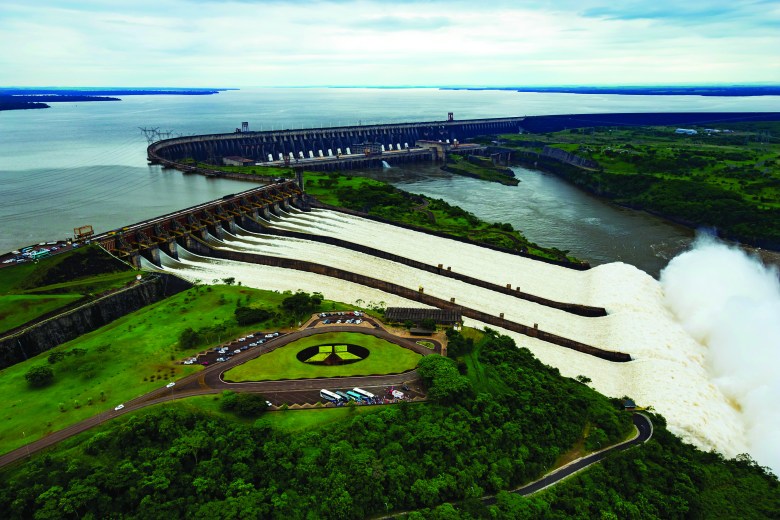
Foto: Alexandre Marchetti/Itaipu Binacional
AGRICULTURA SUSTENTÁVEL
Objetivo: Promover o desenvolvimento rural sustentável e a redução de contaminantes da atividade agropecuária na área de contribuição hídrica do reservatório e outras áreas de interesse da Itaipu.
Principais resultados: Assistência técnica e extensão rural – ATER para 1.946 famílias da agricultura familiar;
8.468 assessorias (ATER) realizadas/ano;
28 cooperativas familiares assessoradas;
265 agroindústrias familiares assessoradas;
Atendimento a 38 municípios;
Vitrine tecnológica demonstrativa no Show Rural;
Estação de Pesquisa em Agricultura Orgânica;
Apoio na estruturação do Mercado do Produtor;
Desenvolvimento de pesquisas para geração de tecnologias para agricultura sustentável e orgânica;
Apoio na organização dos produtos da agricultura familiar para comercialização.
MONITORAMENTO DA FAUNA DE PEIXES
Objetivo: Monitorar os impactos da barragem e de sua operação sobre a ictiofauna, orientando medidas de conservação.
Principais resultados: 16 anos de operação e monitoramento do Canal da Piracema, maior sistema de transposição para peixes do mundo, constatando seu uso por 186 espécies;
56.851 peixes marcados em 24 anos de monitoramento das migrações, mostrando que espécieschave são capazes de transpor o Canal da Piracema vindas desde a UHE Yacyretá (440 km a jusante);
Mapeamento das áreas de desova das espécies nativas, com destaque para as 21 migratórias, permitindo o zoneamento do reservatório e a indicação das áreas prioritárias para conservação;
Maior série histórica de dados sobre a pesca profissional em um reservatório do Brasil, indicando uma exploração sustentável dos estoques e rendimento estável há 20 anos;
Monitoramento contínuo de 11 espécies exóticas e de seus impactos e interações com o ecossistema.
CONSERVAÇÃO DA BIODIVERSIDADE
Fauna, áreas protegidas, patrimônio ambiental, corredor de biodiversidade santa maria e viveiro florestal.
Objetivos: Monitorar e conservar a fauna silvestre regional (bioma Mata Atlântica); Conservar a biodiversidade da flora regional contribuindo para a manutenção dos serviços ecossistêmicos em especial a segurança hídrica; Estabelecer a conexão entre o Parque Nacional do Iguaçu, outras áreas naturais e as áreas de preservação de Itaipu Binacional, recuperando áreas degradadas ao longo de microbacias; Produção de mudas de espécies florestais da Mata Atlântica destinadas aos programas de restauração de matas ciliares e áreas degradadas na região de contribuição hídrica ao reservatório da Itaipu, garantindo a sua saúde ambiental.
Principais resultados: Maior programa mundial de reprodução em cativeiro e conservação ex-situ da águia harpia, com o nascimento do 53º filhote;
24 milhões de mudas de árvores nativas produzidas e plantadas (maior programa de reflorestamento do setor elétrico);
902,6 hectares conservados, entre áreas naturais e de preservação permanente, envolvendo duas microbacias;
Distribuídas 5 milhões de mudas nos últimos 10 anos para 43 municípios da região.
GESTÃO POR BACIAS HIDROGRÁFICAS
Objetivo: Implementação de ações de manejo integrado de solo e água, alinhadas ao contexto de desenvolvimento territorial e segurança hídrica, reduzindo o aporte de sedimentos, nutrientes e outros poluentes na rede hídrica e no Reservatório da Itaipu.
Principais resultados: 1.972 km de estradas rurais com adequações;
2.584 km de cascalhamento de estradas rurais;
419 km de calçamento poliédrico;
185 km de asfalto TST (tratamento superficial triplo);
57.433 ha de solos conservados;
225 unidades de abastecedouros comunitários;
353 unidades de distribuidores de dejetos orgânicos;
115 unidades de cisternas;
483 nascentes recuperadas;
1.346 km de cercas para proteção das matas ciliares.
“Na prática, a Itaipu tem, sempre teve e sempre terá uma grande preocupação com o ecossistema e a biodiversidade em todo o seu entorno. Cuidar das questões ambientais também garante a segurança hídrica e energética para o Brasil e para o Paraguai e contribui para o desenvolvimento sustentável, nos termos da nossa missão institucional”, destaca o General João Francisco Ferreira, Diretor-geral brasileiro da Itaipu Binacional.
Esta história,publicada aqui pela 100Fronteiras, foi partilhada como parte do World News Day 2021, a campanha global para destacar o papel fulcral do jornalismo baseado em fatos ao serviço da humanidade, no fornecimento de notícias e informações fiáveis . #JournalismMatters

